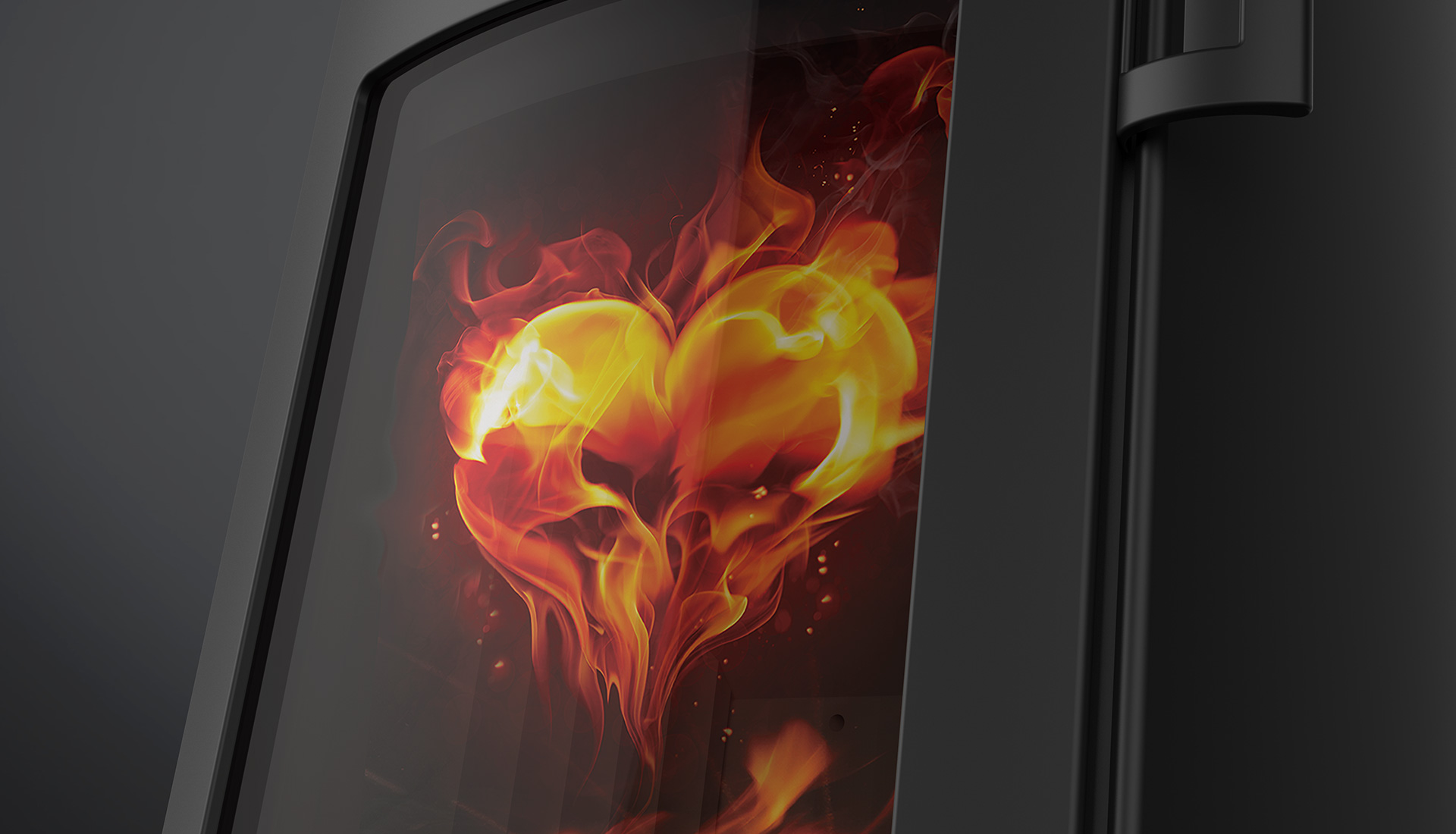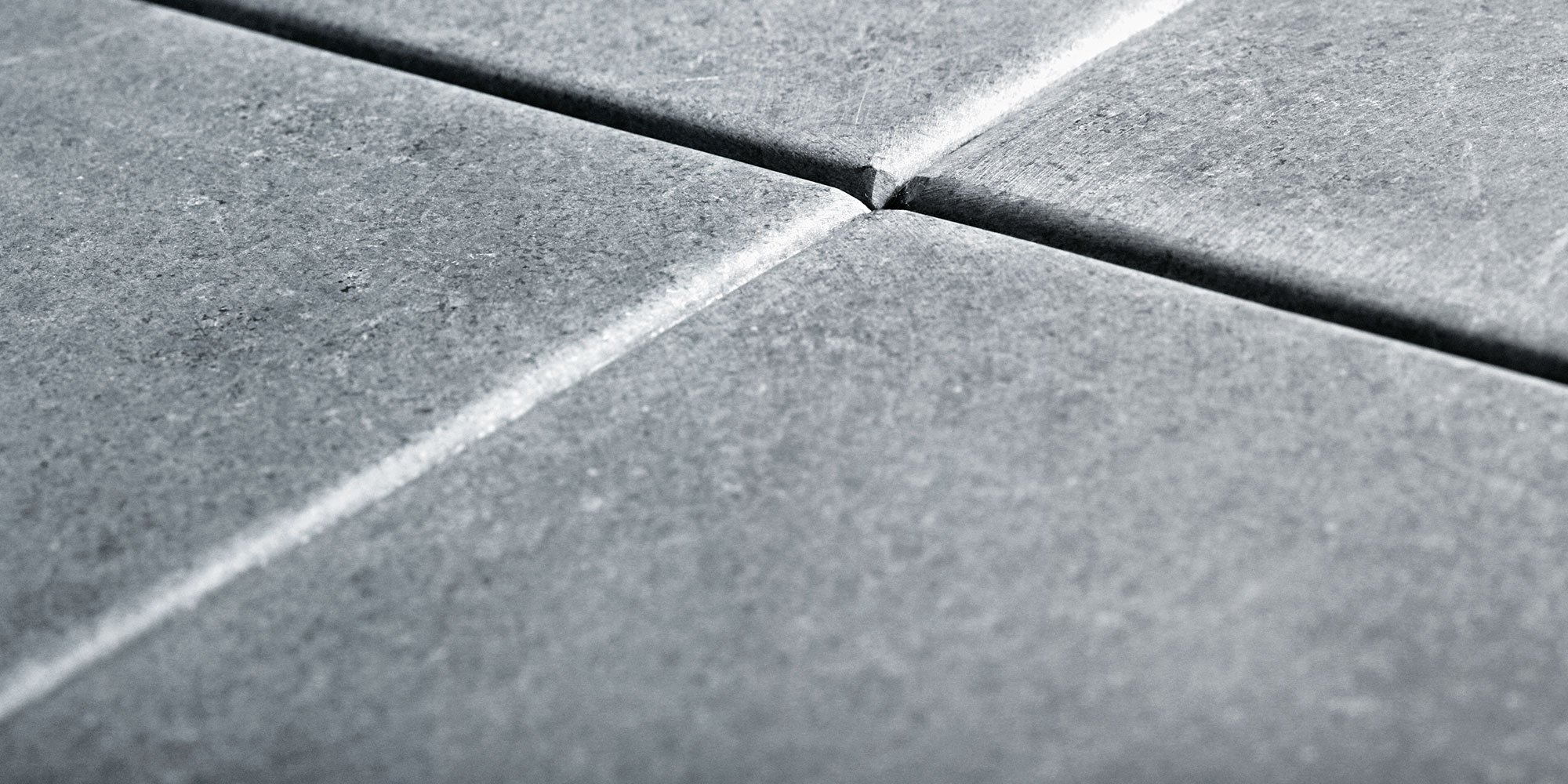Lotus surfaces
The difference in finish, texture and colour is what makes a Lotus wood stove unique.
Due to the specific process used to create Soapstone, Sandstone, Limestone, and Indian Night stones, certain colour deviations or stains may occur during use. Whether you choose steel, glass, or stone with heat storage option depends on your wishes for design and function. Each of the different materials creates a personal and unique piece of furniture
Soapstone
Soapstone is a mineral that occurs in countries such as Finland, Norway and Brazil. A distinctive feature of this material is the soft, “living” surface. Soapstone is often used in heat storage stoves or as side cladding on traditional wood-burning stoves, as it possesses a fabulous ability to store heat. Like no other material, it is able to store the heat for several hours and release it gradually after the fire has gone out.
Soapstone is a natural material, and because of the natural variation in the stone’s structure and surface, you get your own personal and quite unique stove when you buy a Lotus stove with soap stone cladding.
Indian Night stones
As the name suggests, Indian Night stones originate from India. The stone is darker and more structured than the traditional soapstone. This provides a surface that is extremely resistant and easy to maintain. It is not only the beautiful glow that is characteristic of this particular material - the ability to store heat and distribute it slowly is also exceptional due to its high density. This makes Indian Night a beautiful and highly effective material for heat storage.
Indian Night is a natural material, and because of the natural variation in the stone’s structure and surface, each stone and each wood-burning stove has its own unique expression.
Limestone
Limestone is an off-white stone, which is naturally built on prehistoric seabed, consisting of a mixture of sand, corals and 10% lime. This provides a beautiful stone with a play of shades of grey.
Each stone is unique by nature. The variation in structure and surface ensures you a completely unique wood-burning stove and thus a unique piece of furniture.
Steel
The steel used in a Lotus wood-burning stove is cold rolled quality steel. Before the stove is painted, it is "bombarded" with small steel balls. This ensures that the steel is completely clean before being painted. The paint used is a special heat-resistant paint that is able to expand together with the stove.
Magic Glass
Lotus stoves with "Magic Glass" are outstanding in the field of ceramic glass. "Magic" is the term for the specially developed glass used in our doors and as cladding for stoves of distinctly modern designs.
The development of the glass is the result of years of close collaboration between Lotus and our subcontractor. The process of producing Magic Glass is extremely time-consuming, and therefore it is only possible to produce a few units a day. Unlike many other manufacturers, we always use double glazing in our "Magic" doors. This means that the heat radiation from the glass is lower and that the temperature in the combustion chamber is increased. This is a part of the Lotus Clean-Burn-Technology, and the result is a completely unique product.


